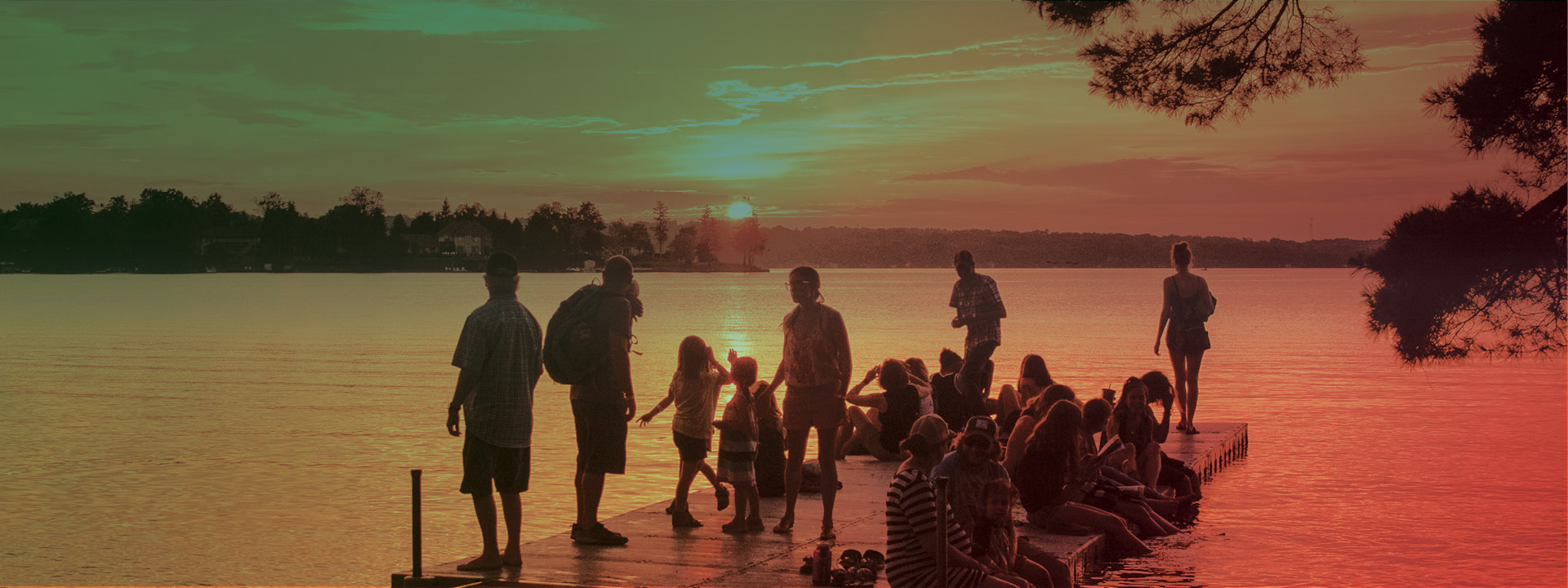From the beginning, the magic of the Mariposa Folk Festival has been rooted not just in arts and music but in the festival vibe: the positive, welcoming energy that permeates a Mariposa festival weekend. The festival has always striven for cultural inclusivity and artistic diversity, featuring Indigenous artists as early as 1964, and including storytelling, painting, and dance among the art forms celebrated.
Opportunities for interactive engagement come in the form of workshop presentations, craft areas, and interactive stages where festivalgoers can build a ukulele, make jewelry, or weave baskets. With its dedicated children’s area and family-friendly programming, the festival encourages family participation and fosters a secure environment for all ages.
Year after year, all of these elements come together for one weekend to form a creative community that is peaceful, inclusive, and vibrant. When describing Mariposa, it’s this festival vibe that leads musicians, artisans, volunteers, and festivalgoers alike to reach for the same word: magic.
A Life of Its Own

Source: Mariposa Folk Foundation
The magic of the Mariposa festival experience may be rooted in art and music, but what audiences consistently rank more important than the names in the lineup is the festival vibe: the positive, peaceful, welcoming energy that permeates a Mariposa festival weekend and keeps audiences coming back for more.
In the words of Mariposa favourite Gordon Lightfoot: “I always get an emotional lift at Mariposa. It has a life of its own.”
That life of its own lies somewhere at the intersection of dedicated performers, enthusiastic audiences, a beautiful natural environment, and an eclectic mix of great music and great art.
Welcome to Mariposa
You arrive at Tudhope Park. The air is warm but there’s no humidity; you can feel the breeze off the lake and you’re already looking forward to a swim. A moose walks by on stilts. A couple lies entwined on the grass, taking a break to connect between shows.
Stress? Rush? It all melts away.
At the MainStage, families leave lawn chairs and blankets to hold their spots as they roam over to the Food Trail for a taste of Indian or Thai food. Smaller intimate stages are everywhere. In one tent, three musicians talk about how they write songs, trying out their latest material. In another, a group is learning to build a ukulele. Amongst the colourful ribbons that hang from the trees, others make jewellery, weave baskets, laugh through their attempts to belly dance.
Kids with bright butterfly-painted faces dance to Valdy.
At Studio Point, aspiring artists paint landscapes.
A few campers are retreating to their tents along the lake for a quick nap, a bit of paddling, a jam session.
You call out to old friends, chat with ones you’ve just met. One multigenerational family—parents, grandparents, children—tells you they’ve been coming for decades.
Connecting feels easy.
And everywhere, there is music.
Indigenous Representation

Photo: David Hill
From the beginning, a big part of Mariposa’s welcoming and inclusive vibe has been the festival’s commitment to cultural and artistic diversity.
Mariposa featured Indigenous artists as early as 1964, starting that year with headliner Buffy Sainte-Marie. Artistic director Estelle Klein saw the need for “native” representation, and over the years she continued to prioritize hiring Indigenous artists such as Duke Redbird, Willie Dunn, and Alanis Obamsawin.
Obamsawin, a musician and filmmaker, in turn brought other Indigenous performers into the fold, establishing a ‘Native People’s Area’ marked by a giant teepee. Other Indigenous artists who graced Mariposa musical or storytelling stages include Digging Roots, the Métis Fiddler Quartet, Ronnie Douglas, Nadjiwan, Elizabeth Hill, Susan Aglukark, Florent Vollant, Rita Coolidge, Keith Secola, The Imbayakunas, and Sherry Lawson and Mark Douglas, William Prince, Travis Shilling, and Bewabon Shilling.
More than Music
From the very first festival, Mariposa embraced interactive engagement and art forms beyond the musical. The first pamphlet—too small to be called a program—advertised a children’s concert, a Friday midnight street jamboree, and a “Saturday afternoon Symposium on Canadian Folk Music.”
Over the years, these symposia evolved into workshops that pair musicians in exciting or unexpected combinations and give audiences the chance to learn and participate on a more intimate scale. Topics have included “Discussion of Foods and Dwellings” on the 1971 Native Peoples Stage; “The Woman’s Image in Songs” (1972); “Who’s Getting the Coffee? – Songs about Sexual Stereotyping” (1993); or two from 2010: “Choosing a Guitar: Factory or Handmade?” and “Fair Trade, Organic and Local.”

And then there’s dance: square dancing, instructional folk dancing, Morris dancers, modern dance, African and Eastern European dance troupes.
And storytelling, which has been a part of the festival since the 60s.
Craft areas were set up on Toronto Island and at Molson Park in Barrie, and they continue to take up a sizeable portion of real estate at Tudhope Park in Orillia.
The children’s area, Folkplay, is home to concerts by renowned acts such as Fred Penner, Valdy, and Sharon, Lois & Bram, plus dance, face-painting, puppets, and poetry by the likes of Dennis Lee.
In its various iterations, the community village has provided offerings from local businesses, interest groups, and charities—among them a “Canadiana kitchen,” the Ontario Hooking Craft Guild demonstrations, Kids for Turtles, and the Orillia Quilters Guild. Year after year, all of these elements come together for one weekend to form a creative community that is peaceful, inclusive, and vibrant. When describing Mariposa, it’s this festival vibe that leads musicians, artisans, volunteers, and festivalgoers alike to reach for the same word: magic.

